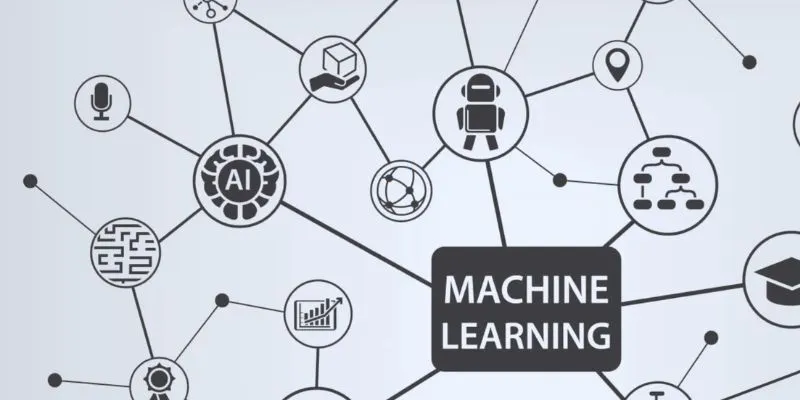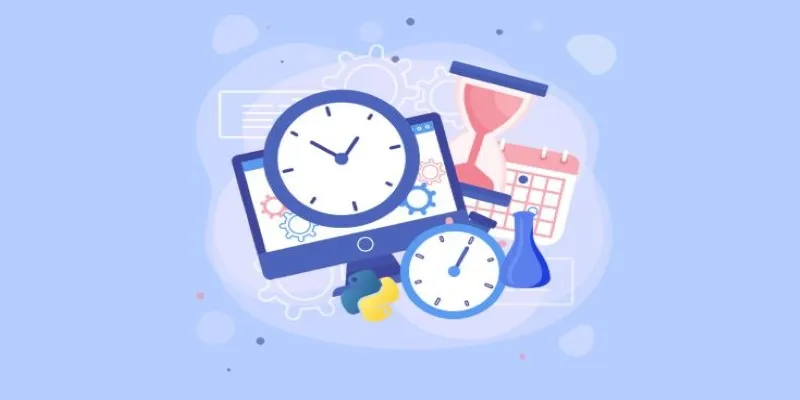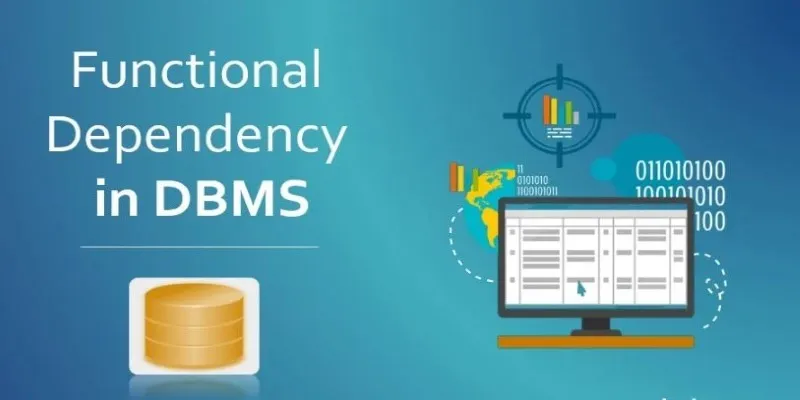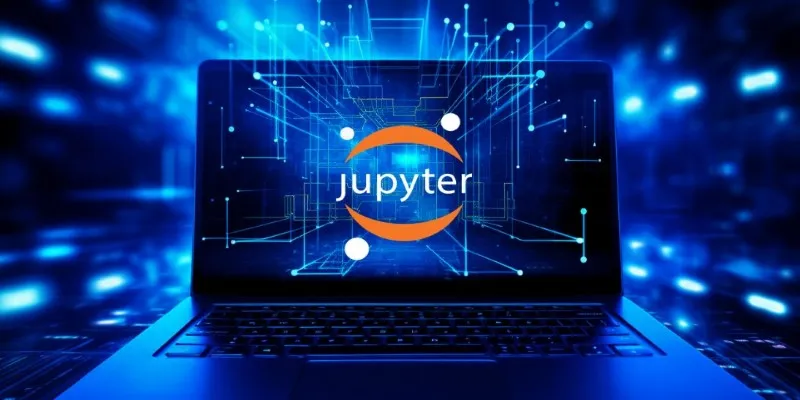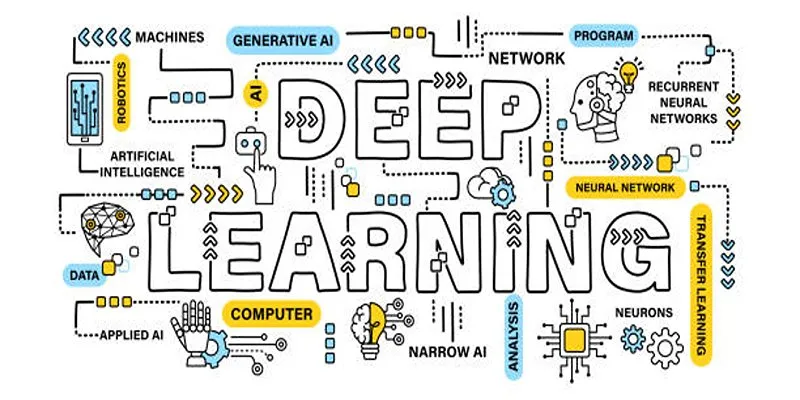Artificial intelligence often feels out of reach for many people—not because of a lack of interest, but because working with AI models typically requires specialized tools and technical know-how. Skops was created to change that. It provides a practical and clear way to share and understand AI models, particularly those built using scikit-learn.
Instead of hiding models behind dense code or technical barriers, Skops opens them up. It brings structure, clarity, and a collaborative approach to model sharing, making machine learning more approachable and useful for developers, researchers, and anyone curious about how these models actually work.
What is Skops and Why Does It Matter?
Skops is a platform designed to make machine learning models easier to share, inspect, and reuse. It centers on scikit-learn, a widely used library in Python, focusing on models that are practical and accessible rather than overly complex or resource-heavy. This focus makes Skops useful for everyday machine learning, whether in academic research, small projects, or team collaborations.
What makes Skops different is its clarity. It’s not just a place to store models—it’s a tool to understand them. Instead of treating trained models as opaque files, Skops lets others view the full training pipeline, preprocessing steps, parameters, and performance metrics. It’s built to improve transparency and reusability without complicating the workflow.
By packaging everything related to a model into one format, Skops makes collaboration smoother. People can share links to working models that are fully documented, structured, and ready to explore. This removes much of the guesswork and confusion that usually comes with trying to reuse someone else’s model.
How Skops Works
The core of Skops is its .skops file format. This single file contains the trained model, its configuration, preprocessing steps, metadata, and optional extras, such as code notebooks. Once uploaded to Skops, it becomes viewable through a web interface that clearly breaks down each part of the model.

This format simplifies sharing. Instead of passing around code fragments and configuration notes, users can provide a single link. Anyone receiving it can explore how the model was trained and structured, including details like feature transformations and version history.
Skops supports version control, allowing users to track changes to a model over time. That’s important when models evolve, especially in research or production settings. You can compare model versions, understand what’s changed, and go back if needed.
Transparency plays a significant role in the design. Each model includes environment metadata, such as library versions and system details. These aren’t just technical footnotes—they help ensure that models can be reproduced accurately, which is often a challenge in real-world machine learning work.
Skops doesn’t demand special tools or infrastructure. It’s built for people already using Python and scikit-learn. This lowers the barrier to entry and keeps the workflow familiar, which encourages adoption across a wide range of users.
Skops for Researchers, Developers, and Organizations
Skops fits into many workflows. For researchers, it adds clarity to academic work. When publishing a paper, a researcher can include a Skops link, allowing readers to explore the actual model used in the study. This improves the reproducibility of scientific results and builds trust.
For developers, Skops simplifies collaboration. Instead of spending time explaining a model’s structure, they can share a link where everything is laid out. Teams working on different parts of a project can better align when they have access to complete, readable models.
Organizations benefit, too. Skops can act as an internal model registry, keeping track of which models exist, how they work, and who created them. This helps avoid duplicated effort and improves the quality of deployments. It’s also a way to enforce standards for model documentation and transparency.
The platform doesn’t require teams to change their stack or workflows. Since it supports tools they already use, integration is smooth. It works well for both small teams and larger groups trying to manage a growing number of machine-learning models.
Skops also has value in training and education. Learners can explore real models to understand how preprocessing, feature selection, and training configurations are applied in practical settings. This makes machine learning less abstract and more accessible for newcomers.
The Future of Model Sharing
There’s been plenty of focus on training and deploying machine learning models but not enough on the step in between—sharing and understanding trained models. That’s where Skops offers something new. It addresses a common gap in the workflow by making it easier to package and explain models after they have been built.

The traditional way of sharing—sending pickle files or notebooks around—is clunky and inconsistent. Skops provides a standardized format with clear documentation, which makes it easier to collaborate, review, and reuse models.
This focus on transparency is also timely. As machine learning becomes part of more decisions in everyday life, people want to know how models work. Skops supports that demand for accountability by making it easier to explain and inspect models.
While the platform currently supports scikit-learn, its design principles may be applicable to other ecosystems in the future. Structured packaging, readable interfaces, and version tracking aren’t limited to one library. If Skops expands to support more frameworks, it could become a go-to tool for anyone working with machine learning.
By offering a way to see inside the models—not just use them—it shifts how people think about machine learning. It moves things away from black boxes and toward shared understanding.
Conclusion
Skops offers a practical solution to a common problem in machine learning: how to clearly share and understand models. Instead of focusing only on training or deployment, it addresses the middle step—where collaboration and reuse happen. By packaging models in a readable, transparent format, Skops improves how people work together, whether in research, development, or education. It doesn’t add complexity—it removes it. By doing that, it opens the door for better workflows, more reproducible work, and a clearer understanding of how machine learning models actually function. For many, this could make AI not just more usable but more trustworthy.
 zfn9
zfn9
